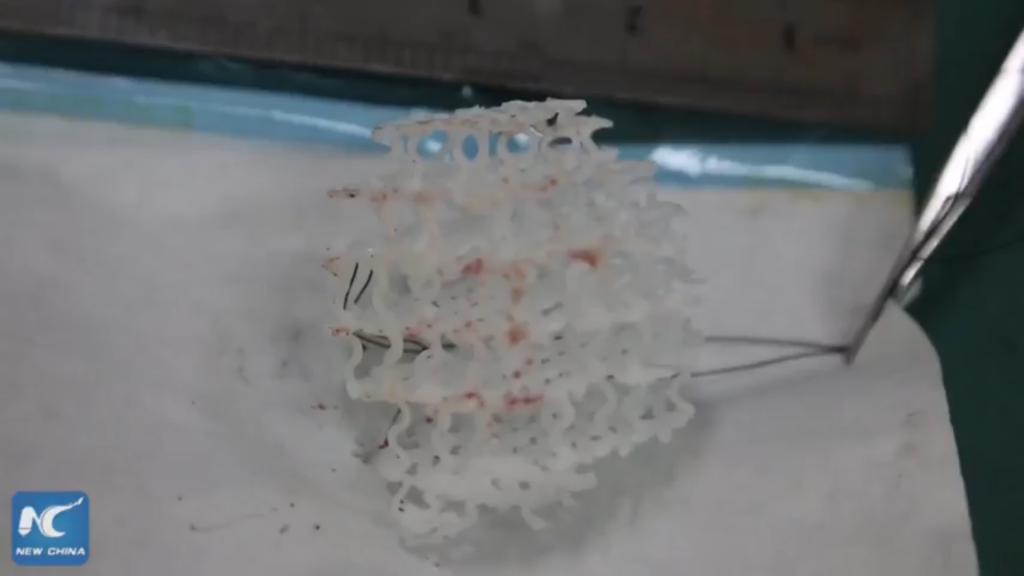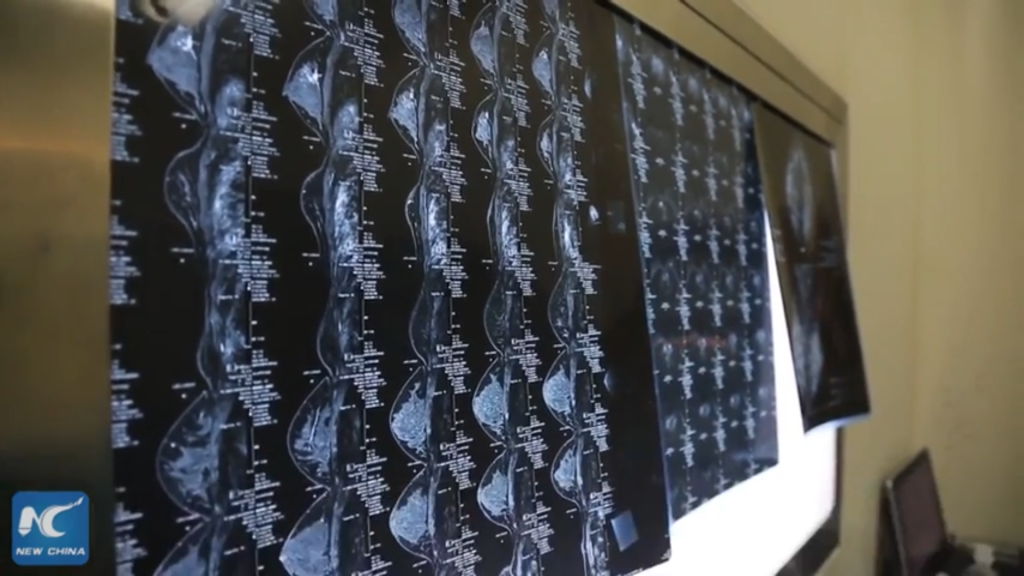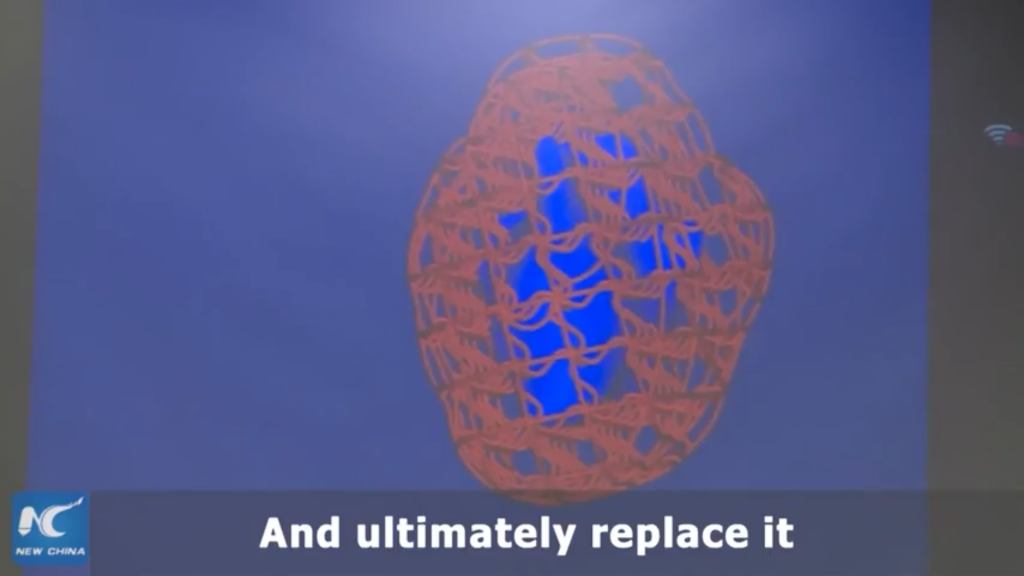Xinhua News, the official press agency of the People’s Republic of China, has reported of a 4D printed breast model used in reconstructive surgery for a cancer patient. The procedure took place on August 8 2016 at Xijing Hospital of the Fourth Military Medical University in Xi’an. It appears to utilize a 3D printed structure capable of self-assembling within the body – the defining concept behind “4D printing”.
Four dimensional assembly
The procedure was conducted by Xijing Hospital’s Dr. Ling Rui, overseen by Professor Zhang Juliang and his research team from Xi’an Jiaotong University. The implant itself is cage-like structure made of interlocking curved rods.

4D printing implies that the structure would be relatively flat when fresh from the 3D printer. This is also supported by the need to fit the implant through an incision in the patient’s skin. Once inside, the structure then assembles into a sphere by movement of the interlocking, co-dependent rods.
Activation of the breast’s assembly could be achieved in one of three ways. Either the material and design used in the implant reacts to water and changes in temperature, as in the simplified 4D printing study led by Georgia Tech; the implant is pulled together by surgical wire attached to the rods; or it is a combination of the two.
Tailor-made using MRI scan data
A video broadcast by New China TV includes a shot of what appears to be ultrasound images of the implant in-situ, showing its gentle expansion into the spherical shape.

It also notes that the shape is designed with pores inside, crucial to encouraging the body’s tissue to regenerate over the implant. Adequate pore size was designed by Professor Juliang’s team based on MRI scan data of the patient’s remaining breast. This data informed the size/percentage of infill, incorporated into the internal structure of the implant when 3D printed.

The patient is named as 28 year old Zhang Xue who lost her breast due to the development of a tumour. Almost a year after the operation, the implant demonstrates positive proliferation of tissue in the breast, and maintains a defined shape. In another year’s time, the implant should have entirely degraded within the body, leaving only the newly formed breast tissue in its place. Reports also state that Xue was capable of an expedited recovery, leaving the hospital just three days after the initial operation.
Stay up-to-date with the latest 3D and 4D printing news by subscribing to our newsletter and following us on twitter and Facebook.
Featured image: Surgeons in Xijing Hospital’s operating theatre, implanting the 4D printed breast. Screenshot via New China TV on YouTube


